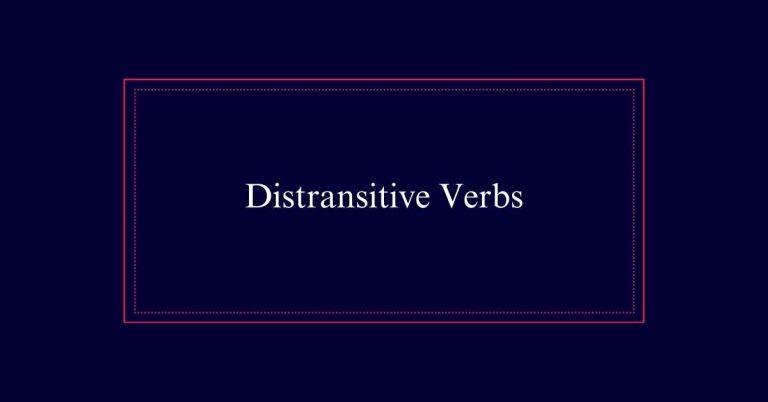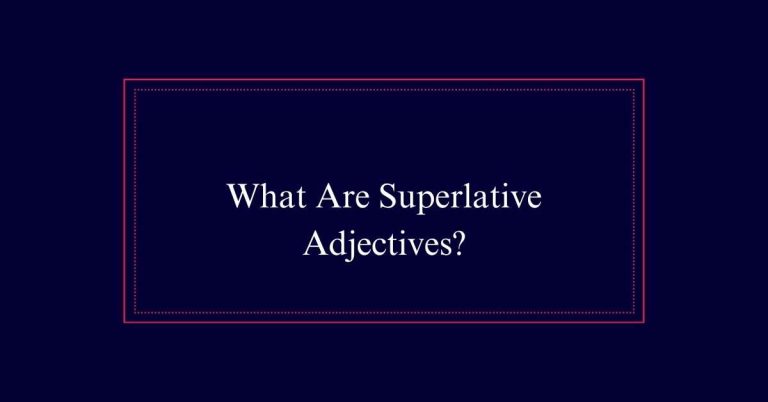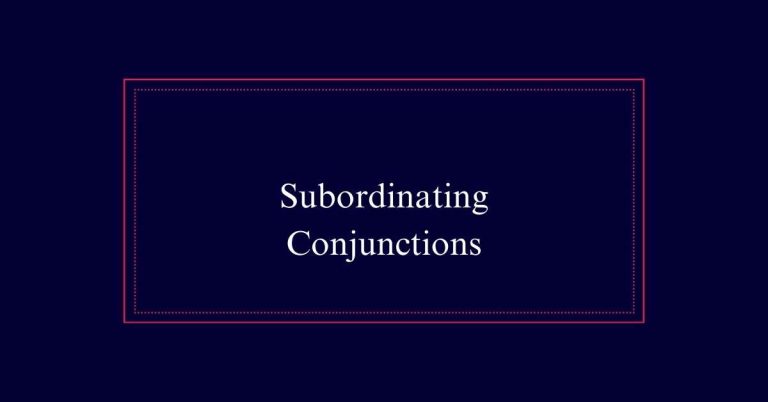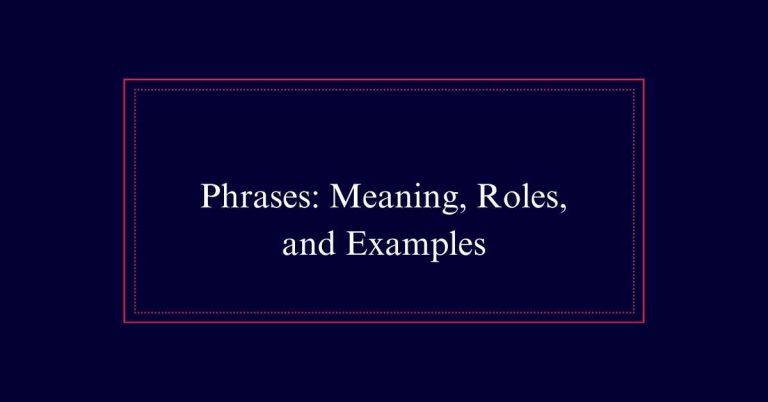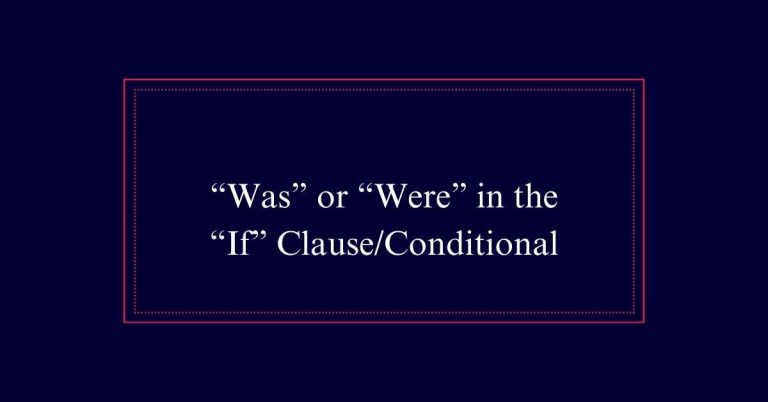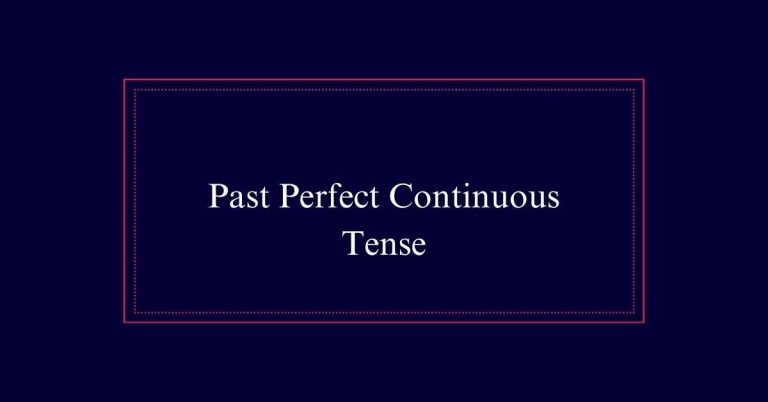Main Verbs: Definition and Examples
Main verbs are essential for creating clear sentences. They express the primary action or state of being. Main verbs can be transitive, requiring a direct object, like “read” in “read the book,” or intransitive, standing alone without a direct object, like “sleep” in “She sleeps.” Linking verbs, a type of main verb, connect the subject to a state or condition, such as “is” in “She is happy.”
They act like an equal sign, providing essential information about the subject.
Definition of Main Verbs
Main verbs, also known as principal verbs, are the words in a sentence that express the primary action or state of being. They are essential for constructing clear and meaningful sentences.
Main verbs can be classified into different types depending on their function. For instance, they can be transitive or intransitive. Transitive verbs require a direct object to complete their meaning, such as in ‘She reads a book.’ Intransitive verbs do not require a direct object and can stand alone, as in ‘He runs.’
Linking Verbs Explained
Linking verbs serve to connect the subject of a sentence to a subject complement, describing its state or condition.
Unlike action verbs, linking verbs do not show actions. Instead, they link the subject to additional information about the subject.
Common linking verbs include forms of ‘to be,’ such as ‘am,’ ‘is,’ ‘are,’ ‘was,’ and ‘were.’ Other linking verbs include ‘seem,’ ‘become,’ and ‘appear.’
These verbs act like an equal sign in a sentence, indicating that the subject is equivalent to the subject complement.
For example, in the sentence ‘She is a doctor,’ the linking verb ‘is’ connects ‘She’ to ‘a doctor,’ describing her state or profession.
Examples of Linking Verbs
Common examples of linking verbs include ‘am,’ ‘is,’ ‘are,’ ‘was,’ and ‘were.’ These verbs do not express an action but rather connect the subject to additional information about the subject.
For instance, in the sentence ‘She is a teacher,’ the verb ‘is’ links ‘she’ to her profession.
Linking verbs can be identified by their ability to substitute with an equal sign:
- ‘Am’: ‘I am happy’ becomes ‘I = happy.’
- ‘Are’: ‘They are friends’ transforms to ‘They = friends.’
- ‘Was’: ‘He was tired’ changes to ‘He = tired.’
Understanding Transitive Verbs
While linking verbs connect subjects to their states of being, transitive verbs require a direct object to complete their meaning. This means that the action of the verb is directed toward something or someone.
For example, in the sentence ‘She reads books,’ the verb ‘reads’ is transitive, and ‘books’ is the direct object receiving the action. Without the direct object, the sentence would be incomplete.
Transitive verbs are essential for conveying clear and complete actions in sentences. They can be followed by nouns or pronouns, which act as the direct objects.
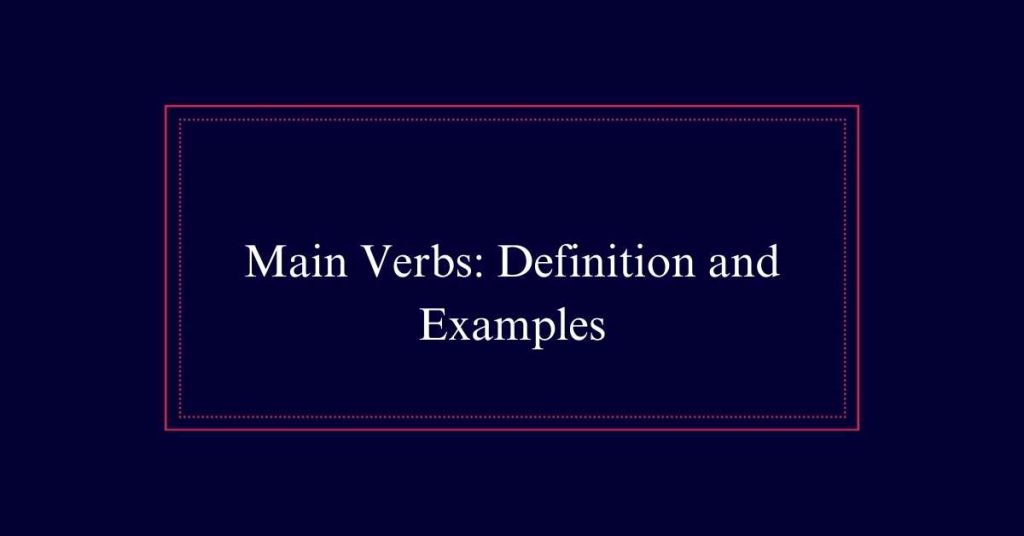
Examples of Transitive Verbs
To illustrate the concept of transitive verbs, consider the sentence ‘He kicked the ball.’ In this example, ‘kicked’ is the transitive verb, and ‘the ball’ is the direct object receiving the action.
Transitive verbs require a direct object to complete their meaning. Here are more examples to clarify:
- *She read the book.*
- *They built a house.*
- *We watched a movie.*
Each sentence includes a transitive verb followed by a direct object. The direct object answers ‘what?’ or ‘whom?’ after the verb, making the sentence complete.
What Are Intransitive Verbs?
Intransitive verbs are verbs that do not require a direct object to complete their meaning. They stand alone and do not need additional information to make sense.
For instance, in the sentence ‘She laughed,’ the verb ‘laughed’ does not act upon anything else. Intransitive verbs often describe an action or state that does not transfer to an object. They can end a sentence without sounding incomplete.
These verbs can also be followed by adverbs or prepositional phrases, adding detail without needing a direct object.
Examples of Intransitive Verbs
Examples of intransitive verbs help illustrate how these verbs function without needing a direct object. These verbs can stand alone in a sentence and still convey a complete thought. For instance, consider the following examples:
- ‘She laughed.’
This sentence is complete without an object because ‘laughed’ does not need one.
- ‘The wind blew fiercely.’
The verb ‘blew’ is followed by an adverb but doesn’t require a direct object.
- ‘He slept soundly.’
Similarly, ‘slept’ is complete on its own, with ‘soundly’ adding detail.
Identifying Verb Types
Identifying verb types is essential for understanding sentence structure and meaning. Main verbs can be categorized into transitive, intransitive, and linking verbs. Transitive verbs require a direct object to complete their meaning, while intransitive verbs do not. Linking verbs connect the subject to a state of being, often substituting an equal sign.
Below is a table summarizing these verb types:
| Verb Type | Definition | Examples |
|---|---|---|
| Transitive | Requires a direct object | attended, fed |
| Intransitive | Does not require a direct object | blew, laughed |
| Linking | Connects subject to a state of being | was, is |
Role of Helping Verbs
Helping verbs play an essential role in providing additional context and meaning to main verbs in a sentence. They modify the main verb to express various nuances such as tense, mood, and voice. By doing so, they enable more precise communication.
Helping verbs can:
- Indicate the time of an action (e.g., past, present, future).
- Show the likelihood or necessity of an action.
- Form questions and negatives.
For example, in ‘She is running,’ the helping verb ‘is’ indicates the present continuous tense. Without helping verbs, our ability to convey detailed information would be limited.
Examples of Helping Verbs
Among the most common helping verbs are ‘am,’ ‘is,’ ‘are,’ ‘was,’ ‘were,’ ‘be,’ ‘being,’ ‘been,’ ‘has,’ ‘have,’ ‘had,’ ‘do,’ ‘does,’ ‘did,’ ‘will,’ ‘shall,’ ‘would,’ ‘should,’ ‘may,’ ‘might,’ ‘must,’ ‘can,’ and ‘could.
These verbs assist the main verb in a sentence to indicate tense, mood, or voice. For instance, in the sentence ‘She is running,’ the word ‘is’ helps to form the present continuous tense. Similarly, in ‘They have finished,’ ‘have’ helps to form the present perfect tense.
Frequently Asked Questions
How Do Main Verbs Differ From Auxiliary Verbs?
Main verbs express the main action or state of being in a sentence, while auxiliary verbs assist main verbs to form tenses, moods, or voices. Examples of auxiliary verbs include “is,” “have,” and “do.”
Can Main Verbs Be Used in Imperative Sentences?
Yes, main verbs can be used in imperative sentences. Imperative sentences give commands or requests. The main verb is usually the first word. Examples are “Run!” or “Eat your vegetables.” They convey direct actions.
How Do Main Verbs Function in Passive Voice Sentences?
In passive voice sentences, main verbs are combined with a form of the helping verb “to be” to shift focus from the subject performing the action to the object receiving it. For example, “The cake was eaten by him.”

